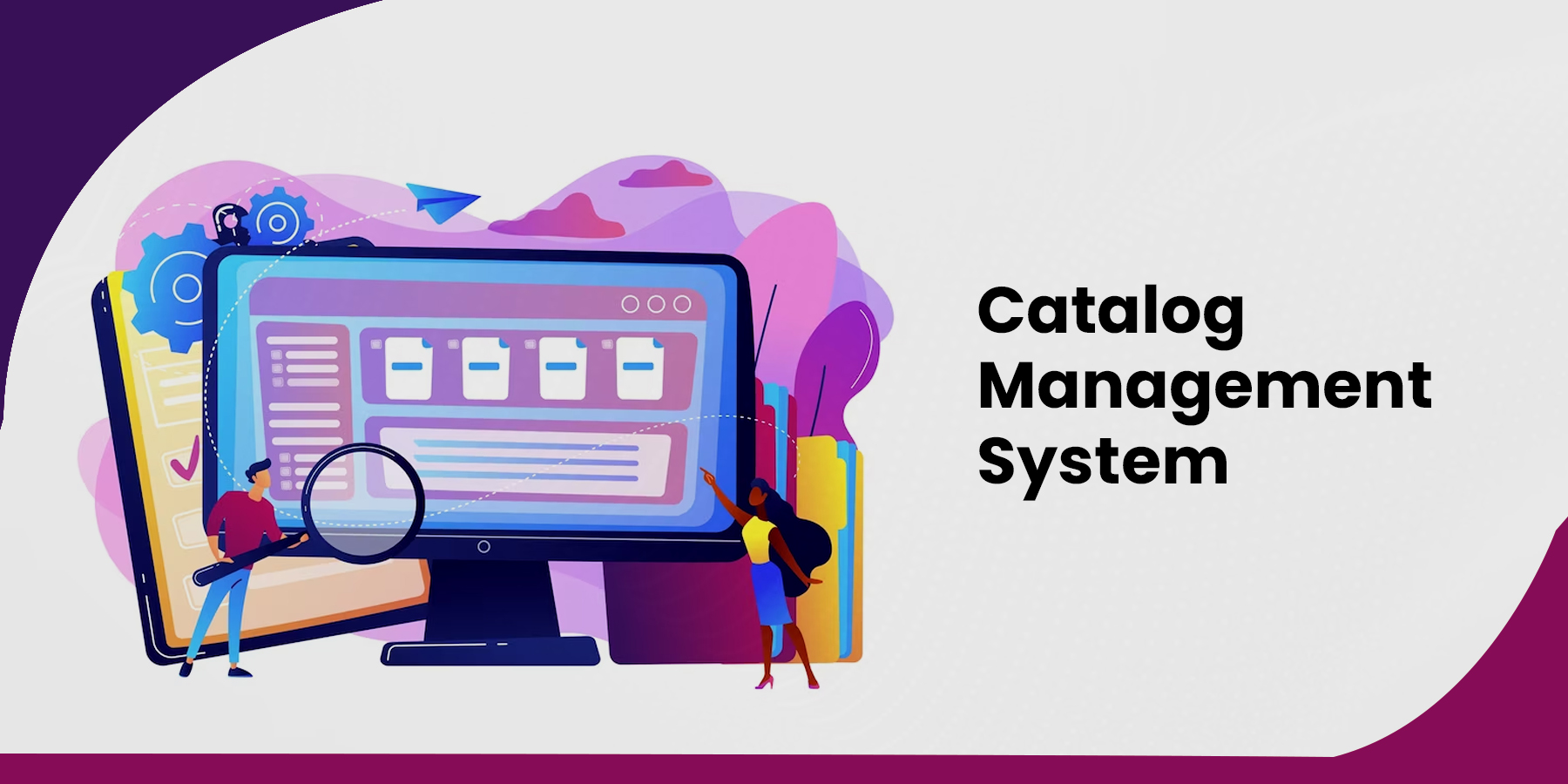
Having a robust and efficient catalog management system is essential for the success of your online store. A well-chosen system can streamline your product organization, improve the customer experience, and boost sales. However, with a plethora of options available, selecting the right ecommerce catalog management system can be a daunting task.
In this comprehensive article, we’ll walk you through the key considerations and actionable steps to ensure you make an informed decision that aligns with your online store’s needs and goals.
Table of Contents
Why Do You Need a Catalog Management System?
- Organized Product Data
- Streamlined Updates
- Consistency Across Channels
- Enhanced SEO
Steps to Choosing the Right Catalog Management System
- Assess Your Needs
- Identify Key Features
- Scalability and Flexibility
- User-Friendly Interface
- Integration Capabilities
- Data Security
- Customization Options
- Support and Training
Why Do You Need a Catalog Management System?
A catalog management system is the backbone of your online store’s product organization. It’s responsible for ensuring that your product information is accurate, up-to-date, and seamlessly presented to your customers. Here’s why choosing the right system matters:
1. Organized Product Data
An effective catalog management system helps you organize product data systematically. This ensures that your customers can easily find the products they’re looking for, leading to enhanced user experience and higher conversion rates.
2. Streamlined Updates
Updating product information, prices, and availability across your store can be a time-consuming task. A robust ecommerce catalog management system simplifies this process, allowing you to make changes efficiently and consistently.
3. Consistency Across Channels
If you sell your products on multiple platforms, a reliable ecommerce catalog management system ensures consistency in product information across all channels. This promotes brand integrity and minimizes confusion for customers.
4. Enhanced SEO
Search engine optimization (SEO) relies on accurate and structured product data. According to HubSpot, well-optimized product listings can lead to higher visibility in search engine results, driving organic traffic to your store.
Steps to Choosing the Right Catalog Management System
To help you navigate the process of selecting the right catalog management system for your online store, follow these steps:
1. Assess Your Needs
Begin by assessing your online store’s specific needs. Consider factors such as the size of your product catalog, the complexity of your product offerings, the number of channels you sell on, and your long-term growth goals.
2. Identify Key Features
Make a list of the essential features you require in an ecommerce product catalog management system. This could include product categorization, batch updates, integration with e-commerce platforms, multichannel support, and customizable templates.
3. Scalability and Flexibility
Ensure that the chosen system is scalable to accommodate your future growth. As your product catalog expands, the system should be able to handle increased data volumes without compromising performance.
4. User-Friendly Interface
User-friendliness is crucial for efficient ecommerce product catalog management. Choose a system with an intuitive interface that your team can easily navigate, reducing the learning curve and potential errors.
5. Integration Capabilities
If you’re already using other tools or e-commerce platforms, ensure that the catalog management system seamlessly integrates with them. This integration streamlines data exchange and prevents duplication of effort.
6. Data Security
Product data security is paramount. Choose a system that offers robust data encryption, secure authentication, and regular backups to safeguard your valuable information.
7. Customization Options
Each online store is unique. Look for a catalog management system that offers customization options to tailor the system to your specific requirements and branding.
8. Support and Training
Evaluate the level of customer support and training provided by the system provider. A responsive support team and comprehensive training resources can greatly assist in the implementation and effective use of the system.
Conclusion
Selecting the right product catalog management services is a critical decision that impacts the efficiency, organization, and success of your online store. By assessing your needs, identifying key features, considering scalability, prioritizing user-friendliness, ensuring integration capabilities, focusing on data security, exploring customization options, and evaluating support and training, you can make an informed choice that aligns with your store’s unique requirements.
Remember, a well-implemented ecommerce product catalog management system not only simplifies product organization but also sets the foundation for a seamless and engaging shopping experience for your customers. Invest time in research and evaluation to ensure your online store thrives in the competitive e-commerce landscape.
For more insights on e-commerce strategies and online store optimization, visit Vserve Ebusiness Solutions. Stay informed, stay ahead.







